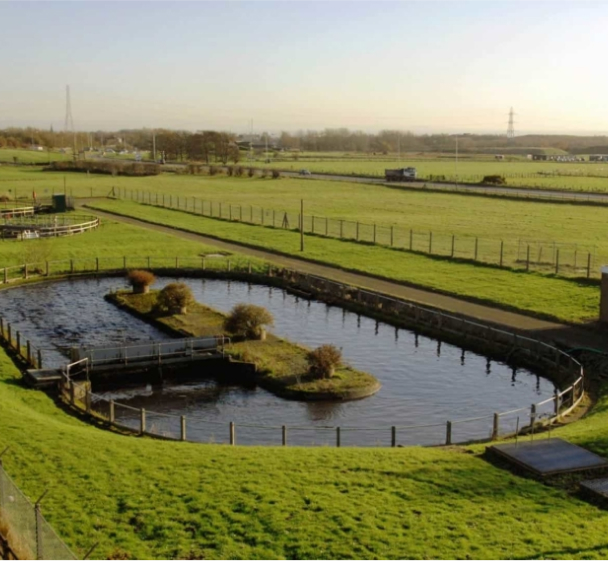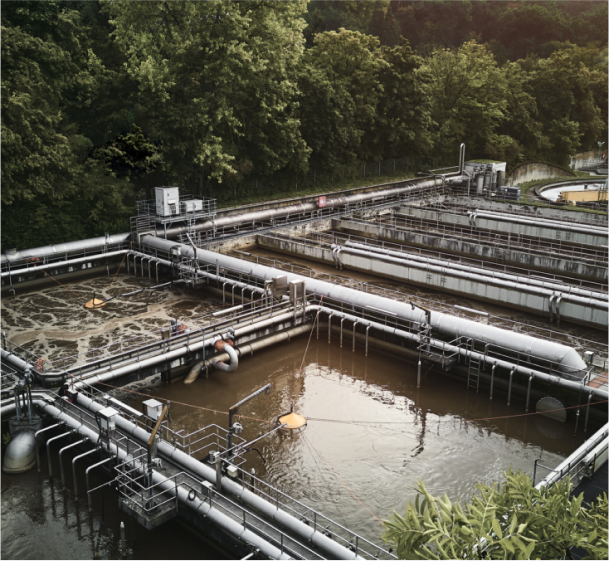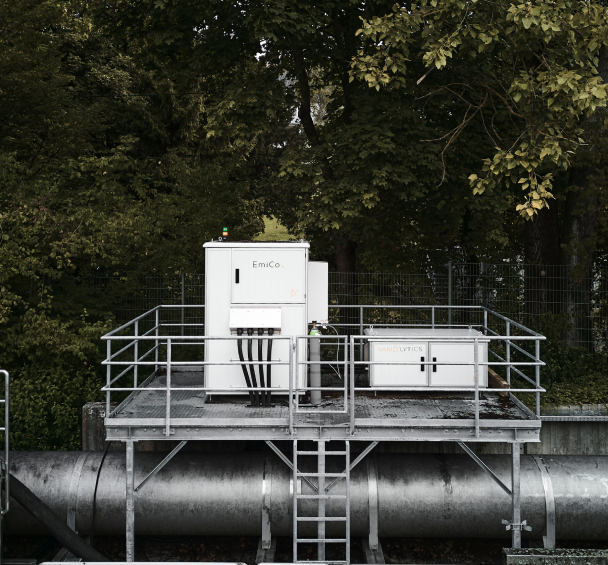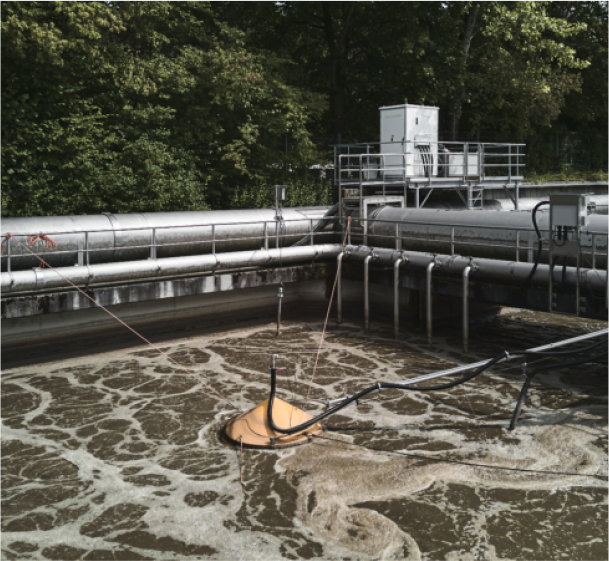Wastewater monitoring for treatment plants
Communal Wastewater Treatment Plants
The European Union wants to achieve greenhouse gas neutrality by 2050. Germany wants to achieve the climate target as early as 2045. The Climate Act specifies that greenhouse gas emissions must be reduced to a minimum in all activities and that there must be no further increase in greenhouse gas concentrations. Accordingly, the waste management and miscellaneous sector, which includes wastewater treatment, must reduce its emissions to 5 million metric tons of CO2 equivalents as early as 2030.
With the wastewater monitoring module from Variolytics, you calculate the legally required emission regulations with foresight and now take the path towards climate neutrality. With our monitoring solution for communal wastewater treatment plants, you reduce harmful greenhouse gas emissions caused by your treatment process. At the same time, you save electricity costs with the help of targeted process control.

Advantages of wastewater monitoring for Communal Treatment Plants

Industrial Wastewater Treatment Plants
Water is an essential component in most production processes. The process water is often contaminated, which is why it is necessary to treat industrial wastewater in a wastewater treatment plant. Due to the diverse chemicals used in the process, process analytics is particularly important. Excessive concentrations of toxic chemicals can cause the biology in aeration basins to die and shut down the wastewater treatment plant. This results in high costs for the company, as the wastewater has to be collected and temporarily stored until the industrial wastewater treatment plant is operational again. To prevent these complications and losses from occurring in the first place, Variolytics measurement technology for industrial wastewater treatment plants intervenes at an early stage.
By monitoring wastewater in real time and in continuous operation in the inlet of the biological treatment stage, the Variolytics system ensures the right composition between biology and chemistry. The treatment plant meets the specific requirements due to the occurrence of different compositions of volatile organic compounds, ammonia and dissolved gas concentrations. At the same time, the processes of the industrial wastewater treatment plant are optimized and energy costs, as well as the use of chemicals in the treatment of wastewater, are significantly reduced.
Advantages of wastewater monitoring for Industrial Treatment Plants
Sample Measurements
Greenhouse Gas Measurements

